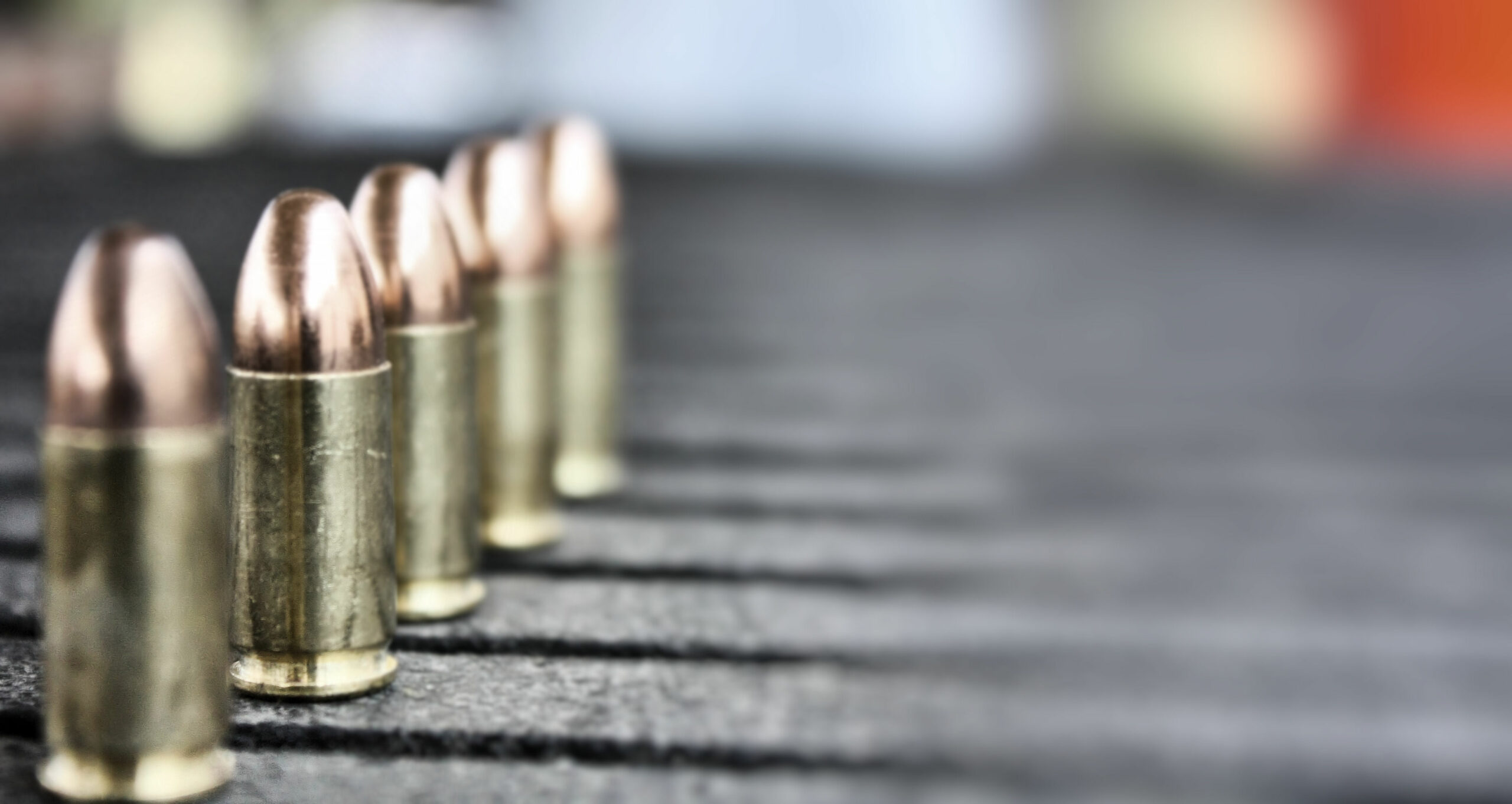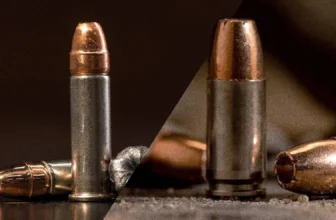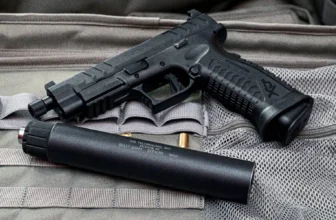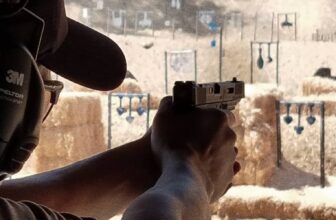The recent arrival of AMMO Additive Manufacturing for Munitions and Ordnance has begun by “dipping its toes” into traditional caliber spaces, like 9mm, .22, .380, .45 ACP, 12 gauge, .357 MAG, 7.62, and .223. These calibers form the basis for many of the ammunition available to military and civilians, from small arms cartridges to shotgun shells and rifle rounds.
The integration of AMMO technologies into their production processes demonstrates great potential for appreciable advancements in ammunition design and performance, as well as in manufacturing efficiency. Manufacturing techniques in additive engineering are highly precise and flexible. They have already proven to be very useful in the development of increasingly complex internal geometries of bullets and cartridge casings that can aid in improving ballistic performance and material efficiency.
For two of the most popular calibers in the marketplace for personal defense and law enforcement, 9mm and .45 ACP, AMMO could enable rapid prototyping and production of specialty rounds matched to specific operational requirements. Similarly, the same goes for calibers ranging from .22 to .380 that are used in sporting and recreation shooting. Additive manufacturing may make some material and design tests, to some degree, possible to be conducted with the aim of increased accuracy and decreased environmental effects.
The reach of versatility extends to the shotgun and rifle calibers, whereby the customization of a 12 gauge or .223 is leading to production in the form of custom shotgun pellets or rifle bullets that could advance hunting and competitive shooting.
Moreover, .357 MAG and 7.62 calibers are deeply installed not only in their historical context but also in the contemporary situation and seek also to have the benefit of the advancements of the AMMO technologies, ranging from improved case strength to tuned power loads that could avail the desired velocities and terminal ballistics benefits, among other benefits. However, the journey to additive manufacturing by the ammunition sector is not smooth; the process is not without its share of hurdles. Issues such as material properties, manufacturing precision, and cost-effectiveness all have to be taken up with the utmost care so as to really come up with such varied calibers and ensure the positive aspects of the venture. Moreover, there are vast regulatory and safety issues incumbent in the adoption of AM technologies for ammunition production. It also involves testing and certifying processes of very high standards.
For all your AMMO needs, go to TargetSportsUSA.com. Join AMMO+ and save even more on AMMO.






